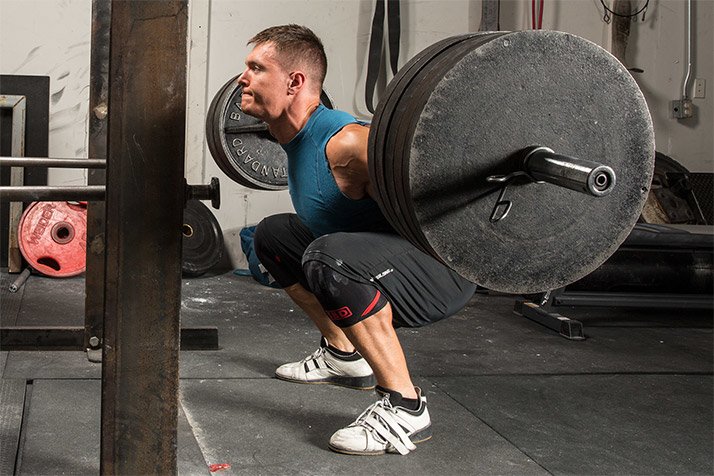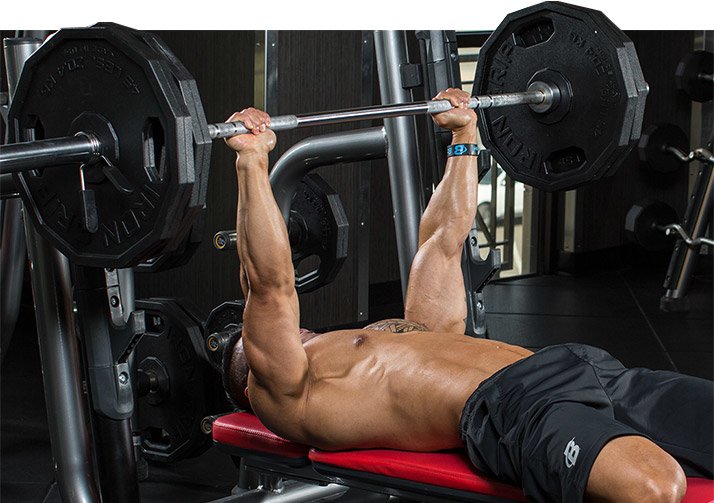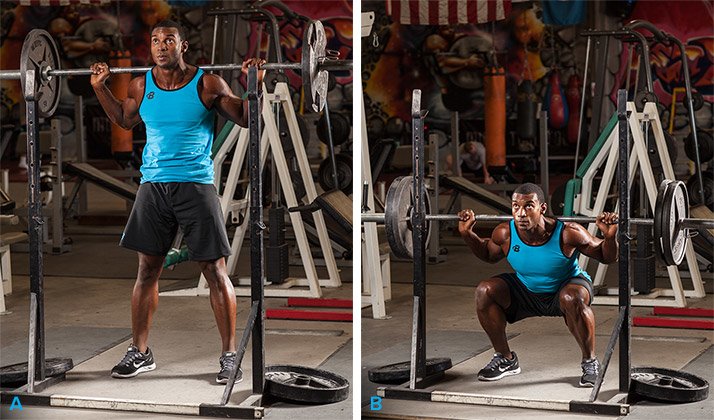
3 Tips To Help Intermediate Lifters Become Advanced!
The better you get at lifting, the more the details matter. If you've been hitting your ceiling for too long, here are 3 techniques that could make all the difference to your lifting growth!
When I hear people say that getting bigger and stronger is a simple process, I'm tempted to give them a backhand upside the head. Anyone who's spent years in the gym knows that progress is only linear and predictable for a little while. The rest of the time, it's unpredictable and elusive.
Most articles you'll read in moments of frustration with your own growth will drone through the redundant rules of thumb, like increasing calorie intake, incorporating high-volume protocols, and using more compound movements. I'll save you the indignity of repeating any of that here.
If you're an intermediate lifter who may be reaching a plateau in your programming or your gains, one of these tips might be just the thing to push you over the edge. Each one was learned in the trenches!
Squat in flats as often as lifting shoes
Olympic lifting shoes are a big help for many lifters. They have an elevated, stable heel that makes it easier to achieve full squat depth with good geometry. The problem is, many immobile lifters—particularly noncompetitive lifters who don't care about Olympic lifting—will rely on these shoes to "make depth" without making any effort whatsoever to improve their poor mobility levels.

Conversely, other lifters who are already mobile start using lifting shoes to squat because "that's what you're supposed to do," and end up losing the ATG mobility they had when their heels were flat on the ground. In both cases, a lifter might end up becoming a heavier squatter without becoming a better squatter—not a good combination.
It's also no secret that heel lifts can change the muscles being emphasized in a squat. They allow your knee to track further forward over your toe, and allow your upper body to remain more vertical while squatting down. Depending on the elevation of the shoe—for example, Nike lifting shoes tend to be much higher than Adidas—this can become very significant.
In any case, the lift begins involving much more of the quadriceps as a result of these geometrical changes, and may slightly impair the involvement of the glutes and hamstrings the way a squat sans heels can promote. If you want a truly impressive squat, you'll need more than quads powering you out of the hole!
Yes, there's an argument to be made about the good that lifting shoes can do for a squatter, and I won't debate that. However, it's crucial to build and maintain your own mobility, heel lifts or not.
Press with a false grip
It annoys me when I hear people blindly hate on the false grip due to the safety precautions of not having your thumb wrapped around the bar. I get it, Internet bro: A false grip looks more dangerous than having your little thumb wrapped around there. But honestly, any exercise is dangerous if you decide to lift recklessly. Done right, a false grip can produce real benefits.
Lifting with a closed grip (thumb wrapped) can place the bar too deep in the palm of the hand during press movements like the bench and strict press, to the point where it is slightly behind the forearm. The result is a "broken wrist" position that encourages an incomplete line of force from the elbow, through the forearm and into the bar. Taking the thumb out allows the bar to sit closer to the wrist and more directly above the forearm, forming a complete line. Structurally, this is stronger.

On top of this, you now have a much greater ability to squeeze hard through the fourth and fifth fingers into the bar, increasing triceps activity. Don't believe me? Try holding your hand out and squeezing your pinky into your palm as hard as possible; your triceps will start to engage too. So muscularly, this position is stronger, too.
Of course, the false grip is not for everyone—especially not novice lifters. But don't write it off as suicide. If you're strong and experienced enough to control the weight, it might be just the thing you need to boost some of your big lifts.
Ramp volume, not just weight
The problem with many size-focused programs is that they ask for multiple sets of 8-10 reps, all performed using close to a lifter's lifting max for that given rep range. Realistically, you'll be limited by either your strength or your conditioning in this method, and possibly either miss reps or end up suffering through ugly ones that you should have missed.
This is why I prefer to ramp volume. The way it works is simple: Rather than doing 3-5 sets of 8 reps in a big movement, you only perform 1 or 2 sets at your top-end weight, but perform the same number of reps at each ramping set. The catch is, you can't make obscenely large jumps to skip through your ramp sets. You must progress to your top-end set using reasonable increments.
To illustrate, a typical lifter may enter a leg workout intending to do 5 sets of 8 reps on the squat. He'll use his ramping sets for low reps to stimulate his nervous system and prepare for his work sets. Then come his 5 sets of 8 at, say, 300 pounds. Maybe his progression will look something like this:
- 95 lbs. x 5 reps
- 135 lbs. x 2 reps
- 185 lbs. x 2 reps
- 205 lbs. x 2 reps
- 225 lbs. x 2 reps
- 250 lbs. x 2reps
- 275 lbs. x 2 reps
- 300 lbs. x 8 reps x 5 sets
Let's be honest: that's an optimistic view of a lifter's patience. I'm sure most people reading this would make greater jumps in order to start the "workout" sooner.

Barbell squat
If you do the math, the total cumulative amount of weight lifted in that entire session is 15,025 pounds—and that's if the above warm-up was followed exactly. Now let's apply my approach to the same system.
- 95 lbs. x 8 reps
- 135 lbs. x 8 reps
- 185 lbs. x 8 reps
- 205 lbs. x 8 reps
- 225 lbs. x 8 reps
- 250 lbs. x 8 reps
- 275 lbs. x 8 reps
- 300 lbs. x 8 reps x 2 sets
Using this method, the cumulative weight lifted is 15,760 pounds, over 700 pounds more than the standard ramp style. You've also done more reps of the movement overall: 72 reps versus 57. You'll do far more to train your conditioning and facilitate sarcoplasmic hypertrophy in the second method, as well.
The other good news is that there's a better chance you'll maintain good quality reps throughout the workout. You'll have no problem adding volume to the lower numbers, of course. The top numbers will be more of a struggle, but at that point, your volume at the top end actually goes down. By doing 2 top sets of 8 rather than 5, there's a better chance for you to complete all reps with less technique breakdown. Over time, this will put you in a better position to nail a new 8RM.
More work, and better quality work? That's a win-win. The moral of this story: Don't let your attachment to top-end weight blind you! Moving from an intermediate to an advanced level is all about seeing solutions where they weren't before. You need to be smart if you want to be your best.
